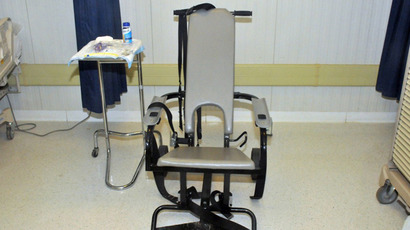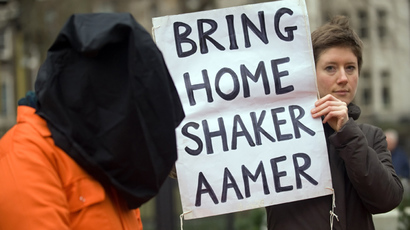Gitmo guards suppressed hunger strike with underhand, abusive tactics, inmates say
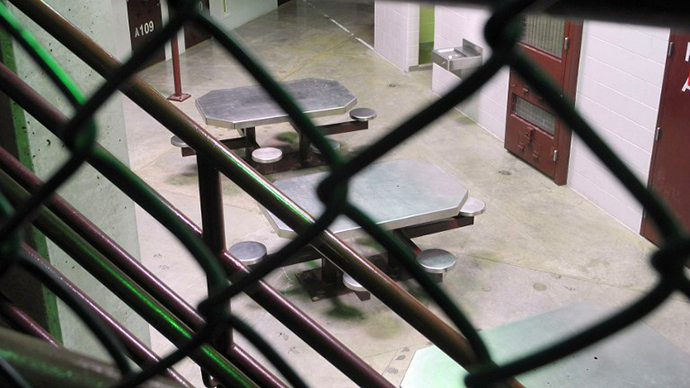
Guantanamo guards were conducting regular night raids on inmates’ cells, putting prisoners in solitary confinement and manipulating temperature in the cells to force an end to the months’ long hunger strike in the camp, detainees claim.
Details of alleged mistreatment have emerged from declassified
letters and interviews published by the lawyers of some of the
164 men who remain in the US facility on Cuba.
The hunger strike, which began in February after authorities confiscated personal possessions from the detainees’ rooms and became a wider protest against indefinite detention, grew to include more than a hundred people by July. Last month, US authorities announced that the strike had petered out.
“The US authorities have, with some glee, announced the hunger
strike to be over. What they fail to tell you is the horrific
things they did to crush the hunger strikers' spirits, as my
clients have described. And yet still there are at least 16 men
striking and being brutally force-fed twice a day,” said Cori
Crider, a lawyer at Reprieve, a charity that represents some of
the inmates.
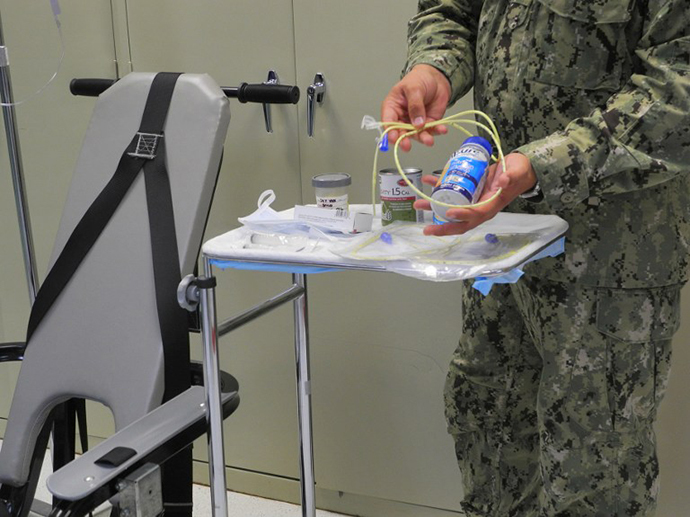
Syrian national Abu Wa'el Dhiab, who has been cleared for release after spending over a decade in captivity, said that the Extreme Reaction Force, the armed riot squad “stormed” the cell of Shaker Aamer, one of the strike leaders, who has also been cleared for release, up to five times a day.
“The riot squad uses the excuse of giving him water and food and medicine to storm his cell again,” wrote Dhiab. “They took him to the clinic, tore his clothes off and left him with only his underwear for long hours, taunting him.”
Aamer himself earlier described mistreatment he received by Forcible Cell Extraction teams at Gitmo in a declassified phone call with his lawyer.
Meanwhile, Samir Mukbel, a Yemeni who is also due to be freed, said the guards would raise and lower the temperature in the cells of the strikers to make it unbearable for them, as well as disrupting their sleep with night searches. The leaders of the strike, like Aamer, would be placed in solitary confinement, which meant they spent 22 hours inside the cell, and were forbidden from communicating with anyone apart from their legal representatives.
Samir Belbacha, another cleared inmate, said the authorities would also punish strikers by taking their personal possessions, even though that sparked the protest in the first place.
“My glasses, legal papers, toothbrush, toothpaste and all my other necessities have been taken,” wrote the Algerian.
The methods of force-feeding during the hunger strike are
considered to be torturous and an extremely invasive and
highly controversial practice which have been decried by many
human rights activists and by the UN. Guantanamo hunger strikers
were being force-fed wearing masks over their mouths while being
shackled to a restraint chair for up to two hours. And the
decision on who would be subjected to force-feeding was made by
the military officials instead of qualified physicians.
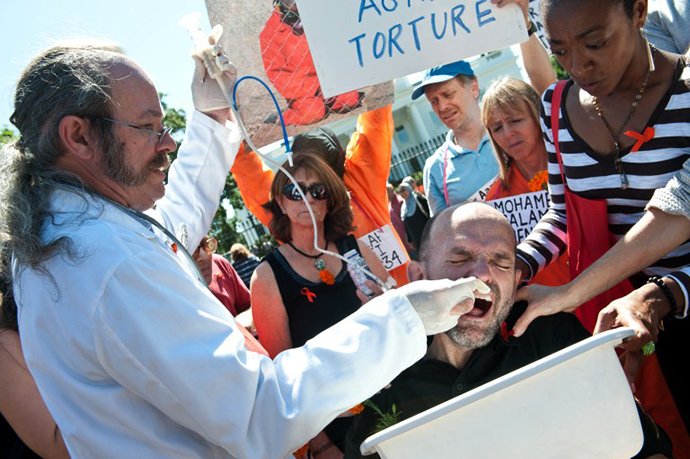
Despite repeatedly promising to close Guantanamo since his election, Barack Obama has been unable to do so, with Congress blocking funds to transfer any prisoners, and demanding that the government personally promise that the released inmates never engage in terrorism again. Although more than half of those remaining have been cleared for release, many are also from countries where their safety cannot be guaranteed.
This week, the Pentagon appointed a new Guantanamo envoy, Democrat lawyer Paul Lewis, which it said was proof of the “commitment to implementing the president's directive to close the detention facility.”













